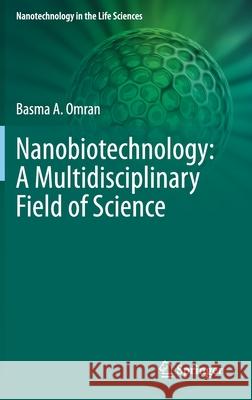Nanobiotechnology: A Multidisciplinary Field of Science » książka
topmenu
Nanobiotechnology: A Multidisciplinary Field of Science
ISBN-13: 9783030460709 / Angielski / Twarda / 2020 / 230 str.
Nanobiotechnology: A Multidisciplinary Field of Science
ISBN-13: 9783030460709 / Angielski / Twarda / 2020 / 230 str.
cena 684,33
(netto: 651,74 VAT: 5%)
Najniższa cena z 30 dni: 655,41
(netto: 651,74 VAT: 5%)
Najniższa cena z 30 dni: 655,41
Termin realizacji zamówienia:
ok. 22 dni roboczych.
ok. 22 dni roboczych.
Darmowa dostawa!
Kategorie:
Kategorie BISAC:
Wydawca:
Springer
Seria wydawnicza:
Język:
Angielski
ISBN-13:
9783030460709
Rok wydania:
2020
Wydanie:
2020
Numer serii:
000835759
Ilość stron:
230
Waga:
0.53 kg
Wymiary:
23.39 x 15.6 x 1.6
Oprawa:
Twarda
Wolumenów:
01
Dodatkowe informacje:
Bibliografia
Wydanie ilustrowane
Wydanie ilustrowane











